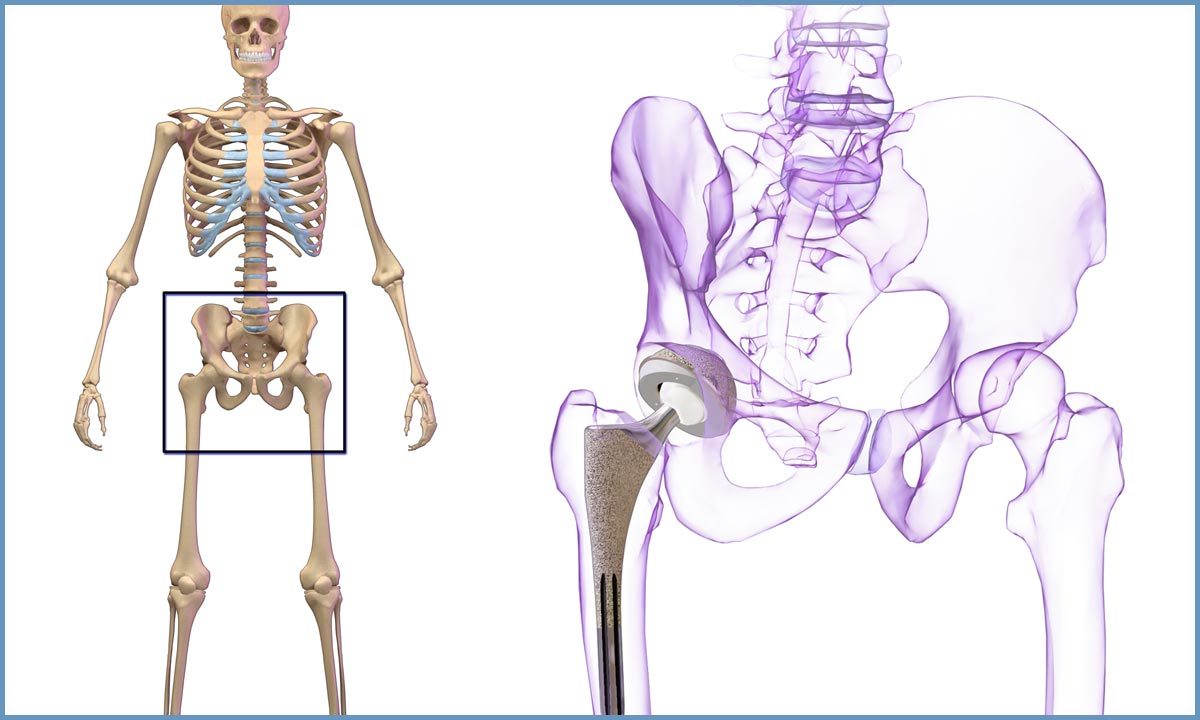When Procedure is Used
You may need a hip replacement to alleviate pain and restore motion after you have tried other treatments such as physical therapy. At a certain point, the joint becomes damaged enough by arthritis or a severe injury that surgery is the most likely way to restore your quality of life.
During Surgery
An anesthetic is given to relax your muscles and prevent pain. Depending on your surgeon’s preference and your health, you will have either a spinal or general anesthetic administered. General anesthesia will pul you to sleep and spinal anesthesia may leave you awake or sedated, but unable to feel pain from your waist down. The surgeon will then make an incision in your hip to remove the very top portion of your femur, to attach the artificial replacement, and to replace the socket part of your pelvic bone. The new ball is then inserted into the new socket before your surgeon reattaches all or your muscles and closes the incision. Traditionally, hip replacements have required an incision of about 8-10 inches. Your surgeon will also decide whether to make an incision at the front of your hip (anteriorly) or the back or your hip (posteriorly). The option that will be best for you is something your doctor will determine and discuss with you based on your specific circumstances.
Risks
The risk of complications is very low. However, potential risks might include
- allergic reactions to medications
- nerve damage
- bleeding or blood clots
- infection
- injury to surrounding tissues
- numbness
- dislocation
Benefits
- pain relief
- increase in range of motion
- return to normal activities
 Total Hip Replacement, Anterior, Posterior (Total Hip Arthroplasty)
Total Hip Replacement, Anterior, Posterior (Total Hip Arthroplasty)







